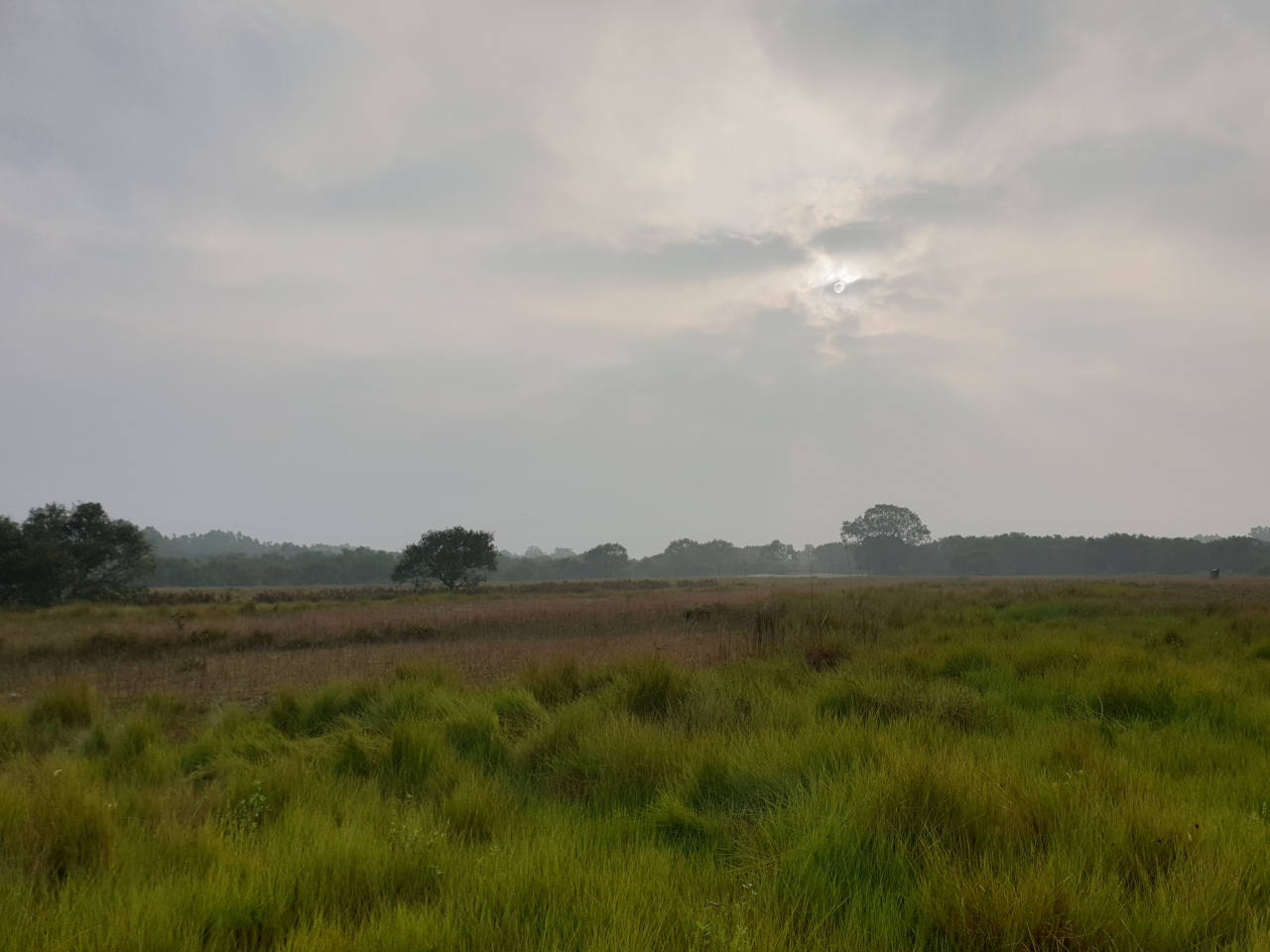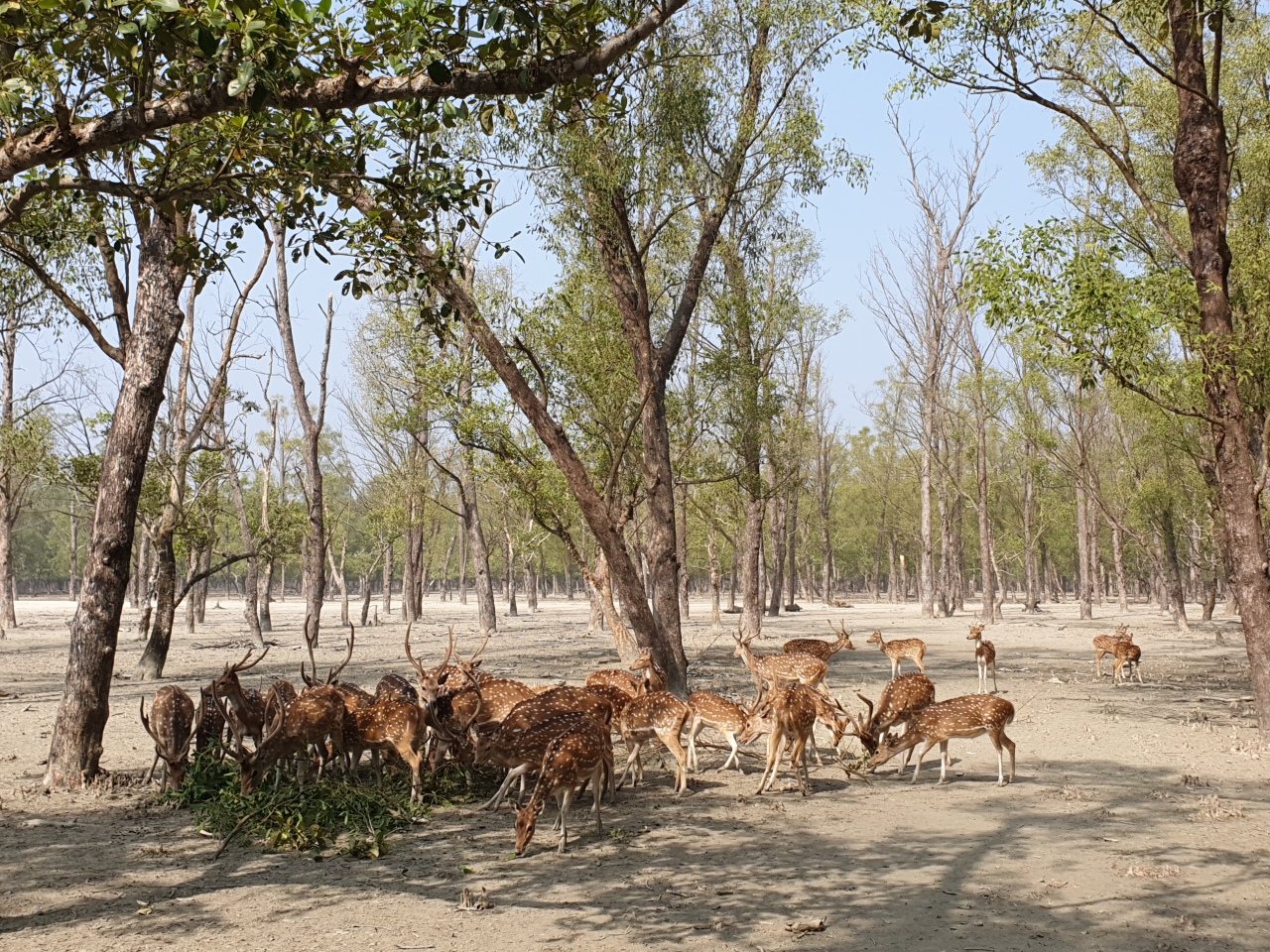[Diplomatic circuit] [From the Scene] Sundarbans, the undiscovered jewel of Bangladesh
By Kim Bo-gyungPublished : Dec. 23, 2019 - 18:20
KHULNA, Bangladesh -- Bombarded with mobile messages, emails and social media posts, an adventure in Mother Nature is a popular choice for many travelers seeking to escape.
The Sundarbans, the largest mangrove forest in the world, is a destination where people can disconnect from technology.
The Korea Herald had a chance to visit the Sundarbans between Dec. 19 and 21 as part of the Visit Bangladesh Program.
The unique paradise lies on the delta of the Ganges, Brahmaputra and Meghna rivers on the Bay of Bengal. It starts at Khulna, some 300 kilometers south of Dhaka.
The Sundarbans, the largest mangrove forest in the world, is a destination where people can disconnect from technology.
The Korea Herald had a chance to visit the Sundarbans between Dec. 19 and 21 as part of the Visit Bangladesh Program.
The unique paradise lies on the delta of the Ganges, Brahmaputra and Meghna rivers on the Bay of Bengal. It starts at Khulna, some 300 kilometers south of Dhaka.

The Sundarbans mangrove forest covers nearly 140,000 hectares and is home to Bangladesh’s famous Royal Bengal tigers, as well as 260 bird species and estuarine crocodiles, according to UNESCO. It was inscribed on UNESCO’s World Heritage Site in December 1997.
The trip to three sightseeing destinations -- Kotka, Kochikhali and Koromjol -- started in the early hours of Dec. 13 at Kotka Beach, an untouched paradise that greets adventurers with massive bright green trees as well as a beach and a mudflat.
“The Kotka beach is usually where the tigers come to drink (water). You can see the (tiger) paws. This is the entrance to the water body, Bay of Bengal,” a Bangladeshi official said.
Most members of the delegation were unable to glimpse any Royal Bengal tigers in person, but encountered a dead deer in the middle of the Kotka forest.
Based on the mark on the deer’s neck, locals said a tiger had most likely attacked a few hours earlier.

The Sundarbans is located along the coast of the Bay of Bengal, the site of many historical events. Dead trees scattered at Kochikhali depict the aftermath of Cyclone Sidr, which battered the Sundarbans in 2007 and destroyed around 40 percent of the area.
According to the UNSECO World Heritage Center, “Cyclones and tidal waves cause some damage to the forest along the sea-land interface and have previously caused occasional considerable mortality among some species of fauna such as the spotted deer.”
After the two cyclones the region has withstood, wildlife continues to prosper. The area continues to see Bengal tigers, deer, monkeys, wild boars and crocodiles.
“The Sundarbans is of universal importance for globally endangered species including the Royal Bengal Tiger, Ganges and Irawadi dolphins, estuarine crocodiles and the critically endangered endemic river terrapin (Batagur baska). It is the only mangrove habitat in the world for Panthera tigris tigris species,” the UNSECO World Heritage Center says in its description.
The Sundarbans encompasses 334 plant species, 693 species of wildlife and 315 species of birds.
Mother Nature’s beauty, however, faces the chronic problem of human intervention here as it does around the globe.
“Overexploitation of both timber resources and fauna, illegal hunting and trapping, and agricultural encroachment also pose serious threats to the values of the property and its overall integrity,” UNESCO says.
Travelers who would like to visit the relatively untapped natural wonders can take a four- to five- hour bus ride from Jessore Airport to the Mongola Ferryghat and board a small wooden boat.
By Kim Bo-gyung (lisakim425@heraldcorp.com)
Korea Herald Correspondent








![[KH Explains] How should Korea adjust its trade defenses against Chinese EVs?](http://res.heraldm.com/phpwas/restmb_idxmake.php?idx=644&simg=/content/image/2024/04/15/20240415050562_0.jpg&u=20240415144419)










![[Today’s K-pop] Stray Kids to return soon: report](http://res.heraldm.com/phpwas/restmb_idxmake.php?idx=642&simg=/content/image/2024/04/16/20240416050713_0.jpg&u=)